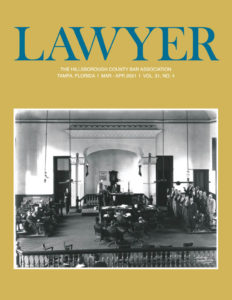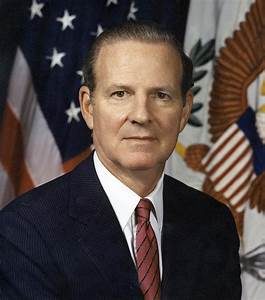“Never let the other fellow set the agenda.” James A. Baker III
James Addison Baker, III served as White House Chief of Staff for President Ronald Reagan and the Secretary of State during the George H.W. Bush administration, among other duties. He is the namesake of the James A. Baker III Institute for Public Policy at Rice University.
Secretary Baker wrote two books that are essential reading for anyone interested in improving leadership and negotiation skills. The first is, The Politics of Diplomacy, Revolution, War & Peace 1989-1992, which chronicled his time as U.S. Secretary of State. The latter is Work Hard, Study…and Keep Out of Politics, which tells the story of his rise from a Houston lawyer to the chief architect, and negotiator, of U.S. foreign policy at the close of the Cold War. (Despite the admonition title of the book…he did not keep out of politics.)
Through his story, we can learn some essential and timeless lessons.
PREPARATION FOR THE NEGOTIATION
The devotion to preparation is the single greatest attribute of the best negotiators. The Politics of Diplomacy is not light reading. It is 687 pages of minute detail that was accumulated by the intense preparation of a man who was negotiating incredibly complex international issues and problems.
He worked. And, he worked hard. His studied the facts, wrote and reviewed negotiation talking points and memos, had meetings with his staff and fellow negotiators and left nothing to chance. His meticulous preparation allowed him to see and comprehend all aspects of his position. More importantly, as we will learn below, his counterpart’s position as well.
Great negotiators do not evade the duty of preparation.
THE POWER OF PROFESSIONALISM
Several years ago, PBS aired a documentary about Secretary Baker, titled The Man Who Made Washington Work. Watch it. Rather, watch him. As he enters any room, his presence immediately commands respect. He is impeccably dressed, ramrod fit, greeting every person with a firm handshake, a smile, and undivided attention. He exudes confidence, while making others feel important and comfortable.
In the documentary, you learn that as White House Chief of Staff, he was obsessive about returning every phone call. He established relationships, true relationships, across the political spectrum. Those relationships nurtured the trust that was needed to get things done in Washington. He did the same as Secretary of State, using his reservoir of relationships and earned trust to help build the coalition for the first Gulf War.
TIME Magazine once had him on its cover, in which he was hailed as, “The Velvet Hammer.” He was an intense power broker and negotiator. His power was generated, to a large degree, by his class, professionalism, and relationships.
PUT YOURSELF IN THE OTHER PERSON’S SHOES
This is Secretary Baker’s best negotiation advice. Remember that your preparation should include not only your talking points and positions, but a thorough understanding of the other side as well. Baker was extremely attentive to the political constraints of the person across the table. He studied their positions, but more importantly, the reasons for those positions. This enabled him to alleviate concerns, assuage egos, and provide political cover for his counterparts to make concessions.
How do we learn about the other side? We actively listen to them. We ask questions to probe “the why”. In my experience, the best negotiators listen much more than they speak. They spend their time absorbing what the other side is saying, observing body behavior and taking the active pulse of the room. And, when they speak, others tend to listen…more.
SUMMING IT ALL UP
Secretary Baker was, and is, the consummate statesman and leader. We can all learn from his extraordinary skills which were honed through preparation, professionalism and the art of seeing, and understanding, the other side.


